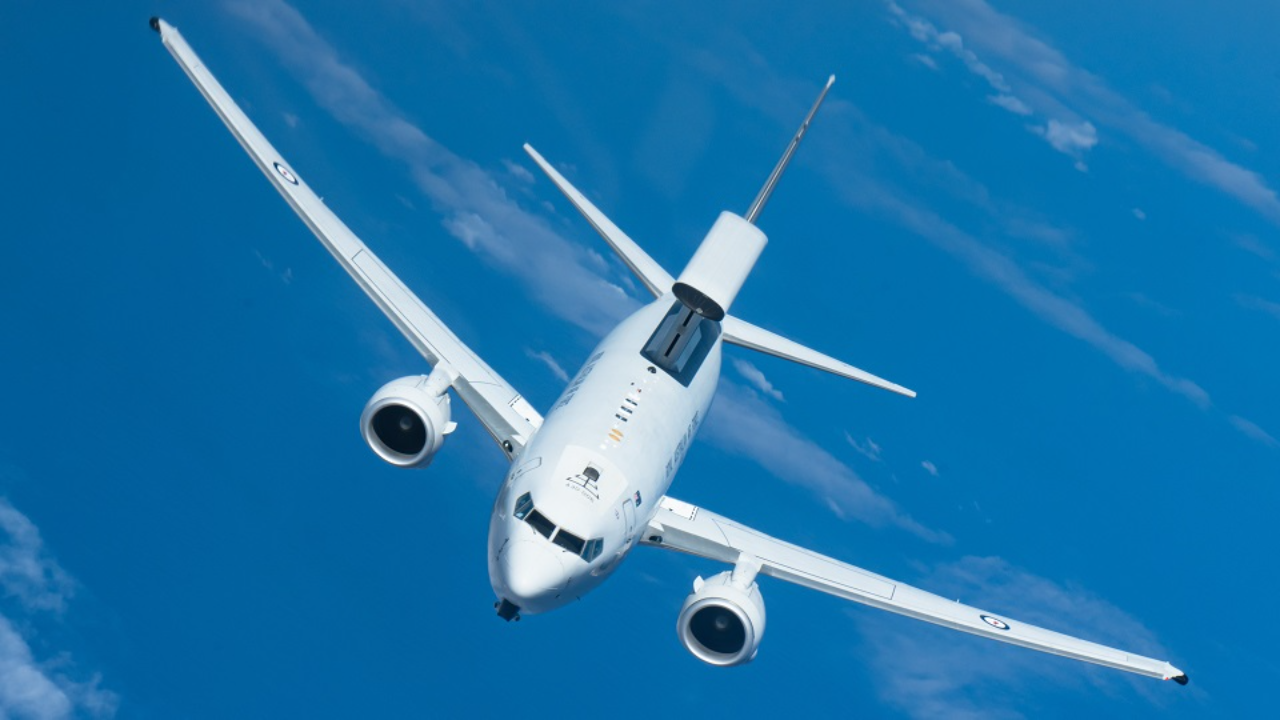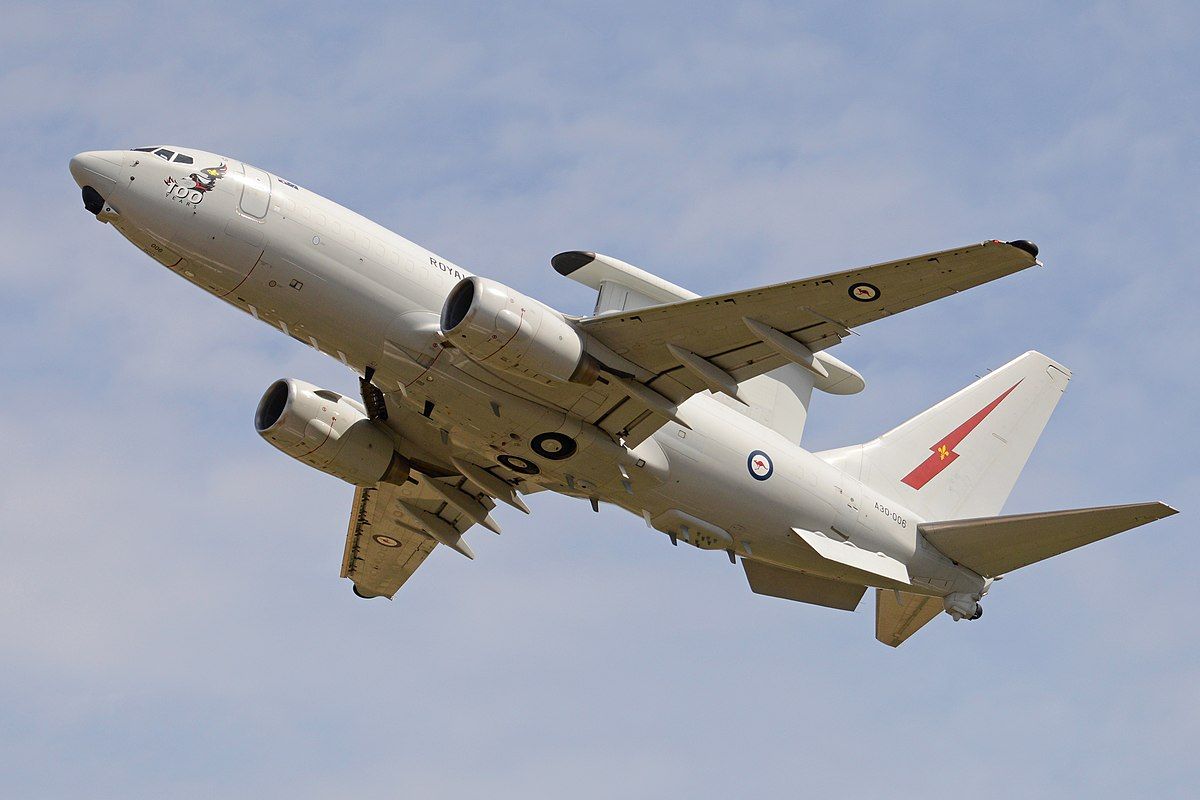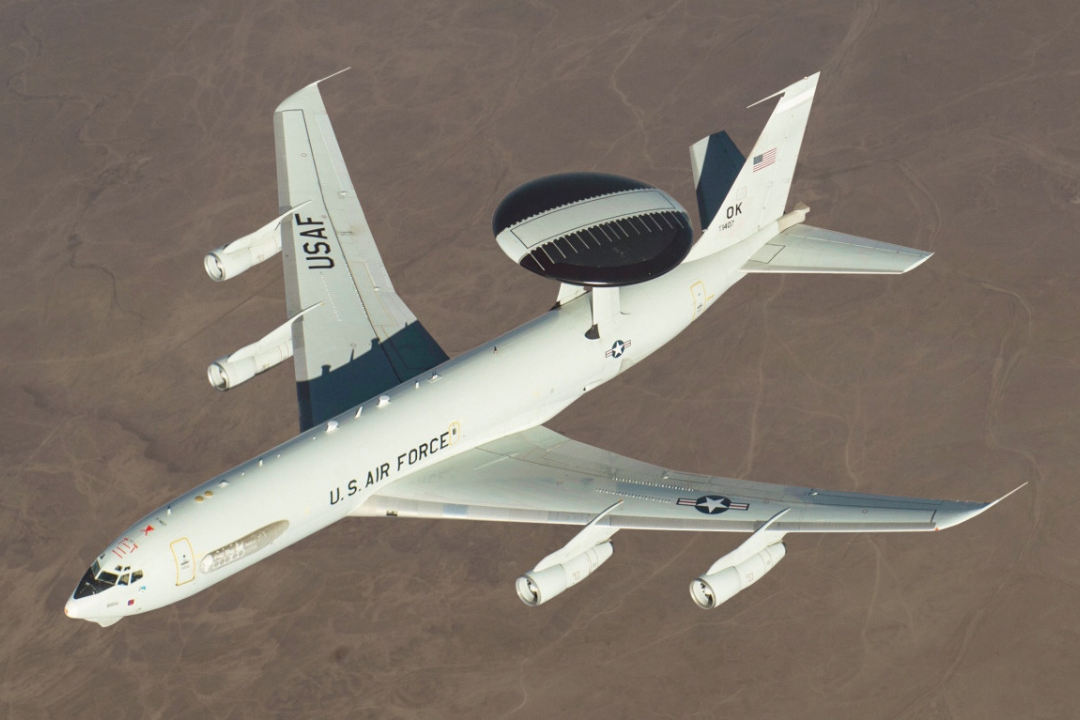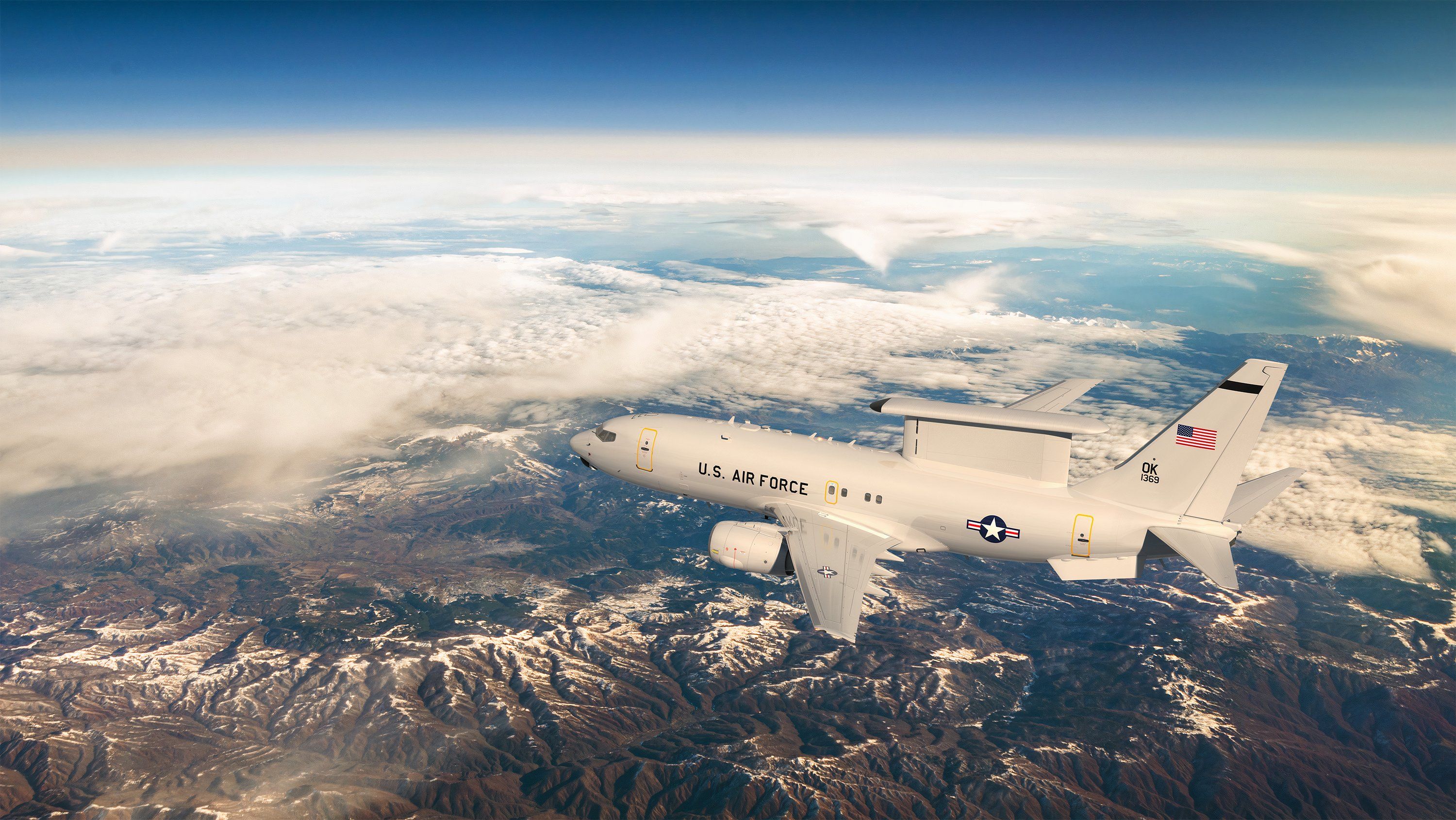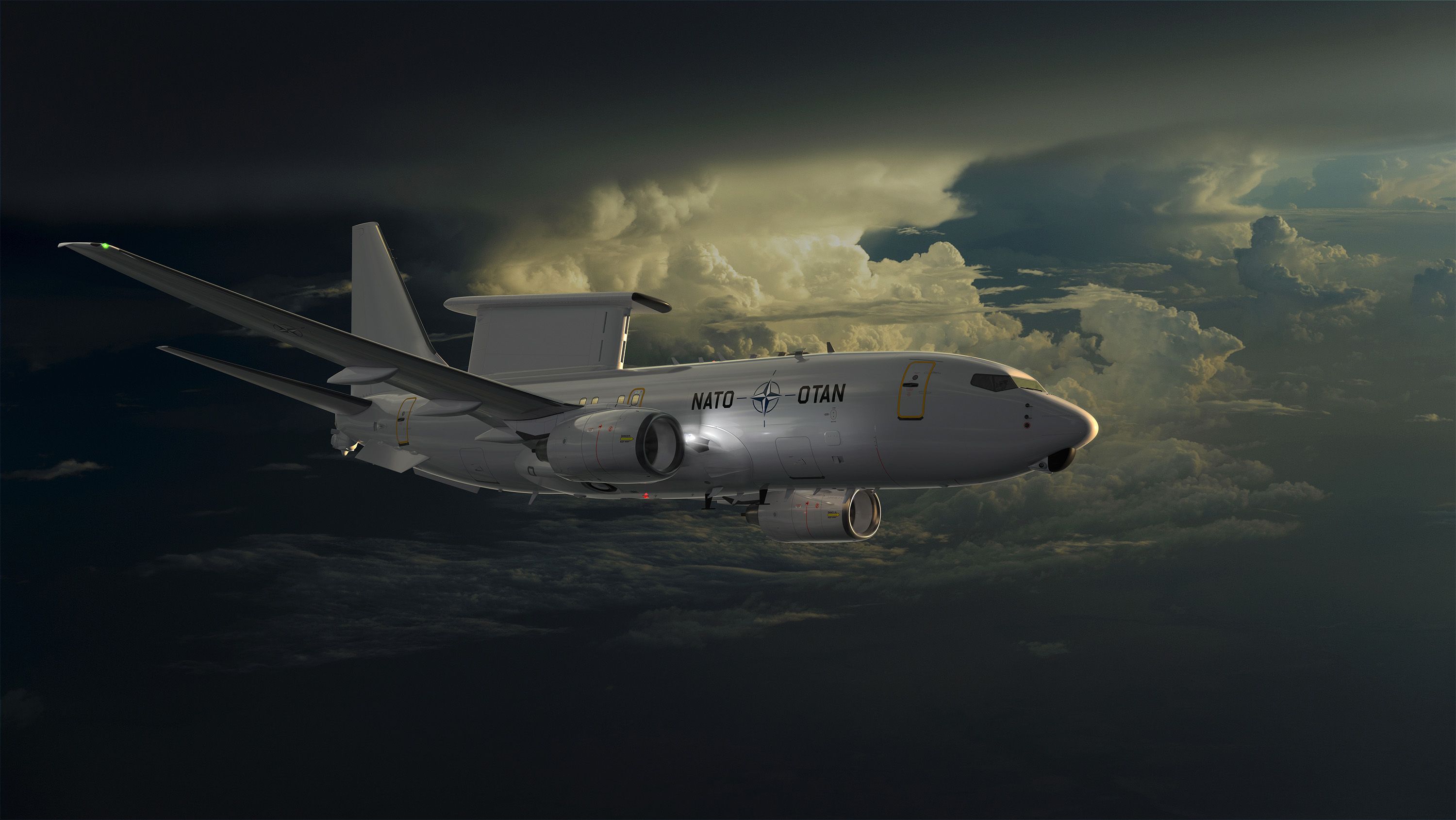Summary
- E-7A is crucial for battlespace awareness & control, enabling real-time air picture.
- E-7A to replace aging E-3 Sentries in US Air Force with based satellites.
- Air Force accelerates E-7A procurement due to E-3 vulnerability, allies operate it.
AWACS, or Airborne Warning and Control Systems, are some of the rarest and most expensive aircraft in any Air force’s inventory. The next generation of US Air Force AWACS is the E-7A Wedgetail, which is considered one of the best AWACS aircraft in the world today. They are significant enablers, often greatly increasing the effectiveness of fighter jets and other aircraft. They are the eyes and ears of an air force, and the crews who operate them are some of the most highly trained and difficult to replace.
The eyes and ears
The E-7A offers air forces the capabilities for long-range “first to detect, first to engage” advantages against potential adversaries. The Air Force states, “The E-7A will enable greater airborne battlespace awareness through its precise, real-time air picture and will be able to control and direct individual aircraft under a wide range of environmental and operational conditions.”
The E-7A was developed from the Boeing 737 Next Generation. It combines long-range surveillance radar, secondary radar, and tactical/strategic voice and data communications systems to provide an airborne early warning and control platform. The Australian Air Force states that during a mission, it can cover over four million square kilometers—an area around five to six times the size of Texas.
|
Boeing E-7 Wedgetail |
|
|---|---|
|
Introduced: |
2012 (Australia) |
|
Operators: |
Australia, Turkey, Korea, US (future), UK (future) |
|
Developed from: |
737 Next Generation |
|
Role: |
Airborne early warning and control |
|
Note: |
fixed, active electronically scanned array radar antenna (unlike E-3’s rotating disc) |
“The E-7A will be the department’s principal airborne sensor for detecting, identifying, tracking, and reporting all airborne activity… [and ensure] that the department continues delivering battlespace awareness and management capabilities to U.S. warfighters, allies and partners for the next several decades.” – Assistant secretary of the Air Force for Acquisition
Boeing also claims “the E-7A’s command-and-control abilities also make it perfectly suited for integrating future Collaborative Combat Aircraft and other manned-unmanned teaming in fleet operations.” The Collaborative Combat Aircraft are the loyal wingman drones being developed for the sixth-generation NGAD fighter jets.
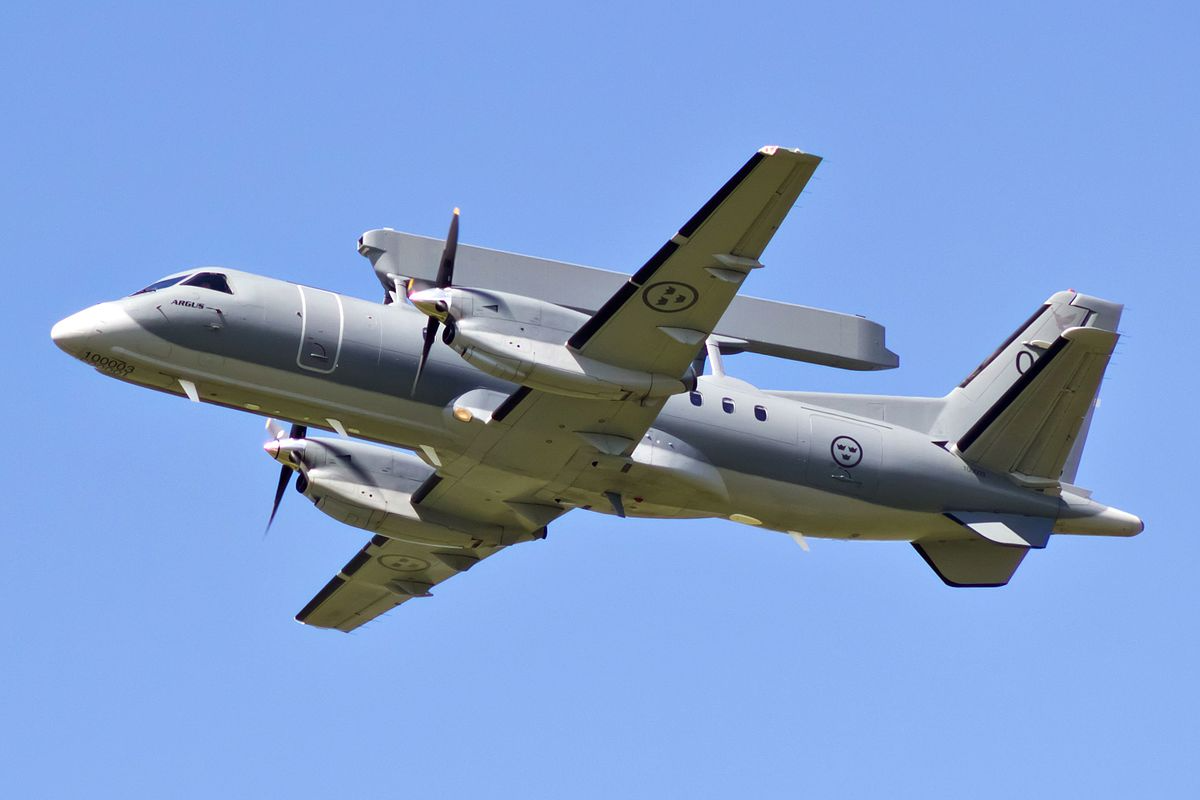
Related
Sweden To Donate AWACS Aircraft As A Force Multiplier For F-16s
Sweden has announced it will supply one of its two ASC 890 AWACS aircraft to Ukraine as it is due to receive F-16 fighter jets.
E-3 Sentries are aging
The US Air Force fleet of E-3 AWACS, with their large rotating domes, is aging and needs replacement. They are due to be replaced by the sleeker, smaller, and less impressive-looking E-7A initially developed for the Australian Air Force. Until the E-7A is fielded, the US Air Force is compelled to rely on the E-3 Sentries (until around 2035).
|
E-3 Sentry (AWACS) |
|
|---|---|
|
Introduction: |
1977 |
|
Produced: |
1977-1992 |
|
Crew: |
mission crew of 13-19 specialists (plus pilots) |
|
Inventory: |
15 (down from 32 in 2015) |
|
Developed from: |
Boeing 707 |
The Air Force has recently agreed with Boeing to build the first rapid prototype E-7 AWAC aircraft. As of the time of writing (July 2024), the terms of the contract are not yet settled but are expected to be wrapped up shortly. The Air Force has been negotiating with Boeing for a version of the aircraft that will meet its specific needs. The Air Force previously awarded Boeing a $1.2 billion contract in 2023 to start working on the aircraft for the Air Force.
The E-7 Wedgetails will not be an exact like-for-like replacement of the E-3 Sentries. This is because times are changing. Even though AWACS operate far behind the frontline (where they would normally be out of range of enemy fire), they are becoming more vulnerable. Two rare Russian Beriev A-50Us are known to have been shot down while operating far behind the front lines in Ukraine (and more may have been damaged or destroyed on the ground).
Graphic: Boeing
The Air Force plans to replace the E-3s with a combination of E-7s and space-based satellites that can monitor the battlespace and airspace from orbit. The Air Force is also retiring its ancient (but venerable U2 Dragon Lady spy planes in 2026 and its Global Hawk surveillance drones in 2027. At the same time secrecy and mystery surrounds some of the stealth drones and other spy platforms it operates.
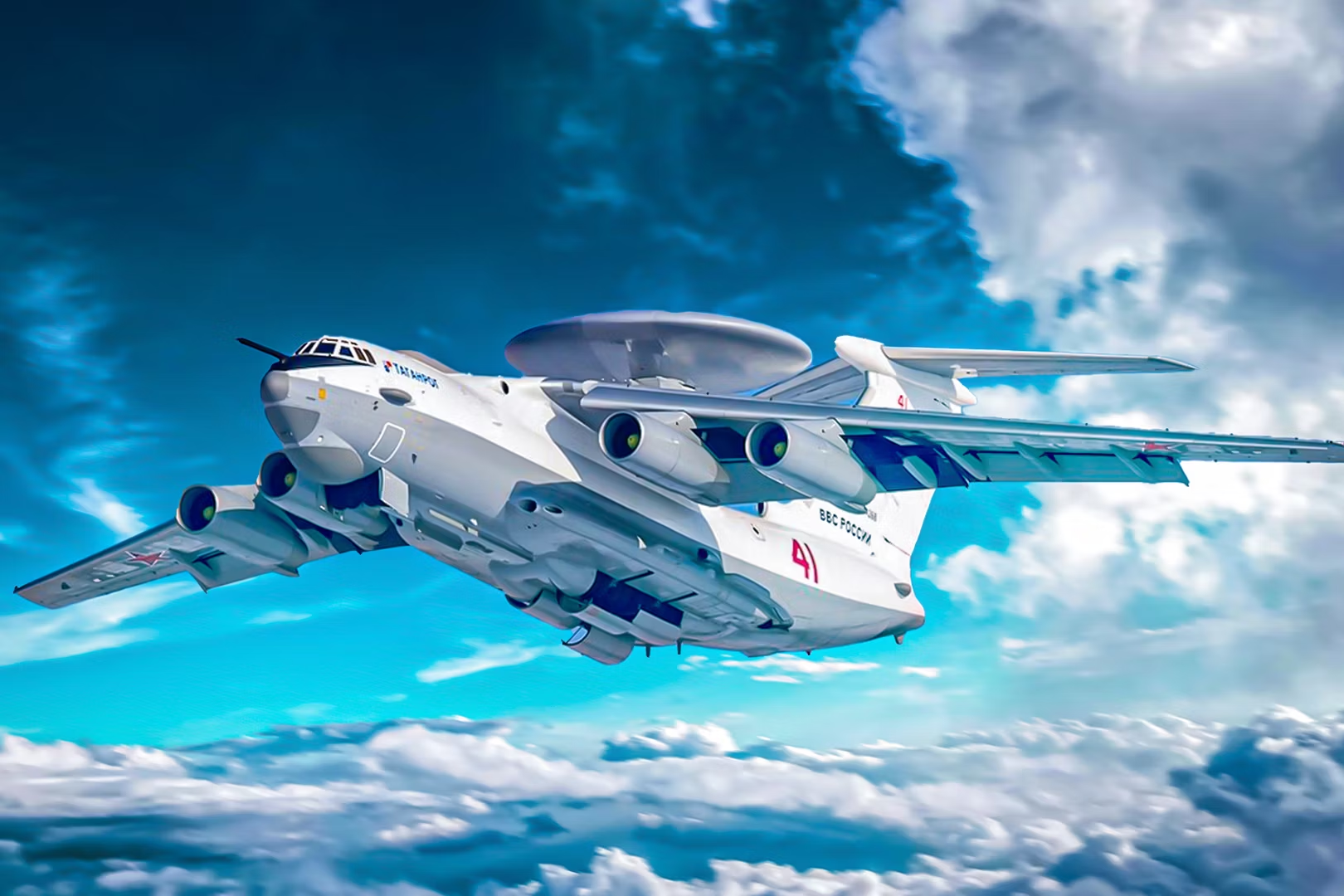
Related
SAMbush: US Army Colonel Explains How Ukraine’s Patriots Ambush Russian Jets & Shot Down Rare A-50U AWACS
The US Army reveals how Ukraine is setting up ambushes with the Patriots and shooting down Russian aircraft.
Because it exists
The Air Force needs these replacement aircraft quickly and has foregone the time-consuming step of developing a new replacement system for the E-3 Sentry. The Air Force is purchasing the E-7A because it is good enough and already available. The E-7A has been in service since November 2012 and is currently operated by the Royal Australian Air Force, the Turkish Air Force, and the Korean Air Force (14 have so far been built). It is also now being built for the United Kingdom.
|
E-7A Wedgetail current & future operators |
|
|---|---|
|
Australia: |
6 |
|
South Korea: |
4 (considering 2-3 more) |
|
Turkey: |
4 |
|
United Kingdom: |
3 on order + 2 more planned |
|
United States: |
2 on order + 24 more planned |
|
NATO: |
6 on order |
Graphic: Boeing
The fact that allies are operating the E-7A will also help with interoperability. As a standardized mission system, it aids in integrating allied and coalition operations. As Boeing points out, the Wedgetail has demonstrated its ability to “first detect, first to engage” ISR capabilities.
The US Air Force plans to begin producing the E-7A in fiscal 2025, and the first E-7A is expected in fiscal 2027. The Air Force plans to receive 26 E-7As in total.

